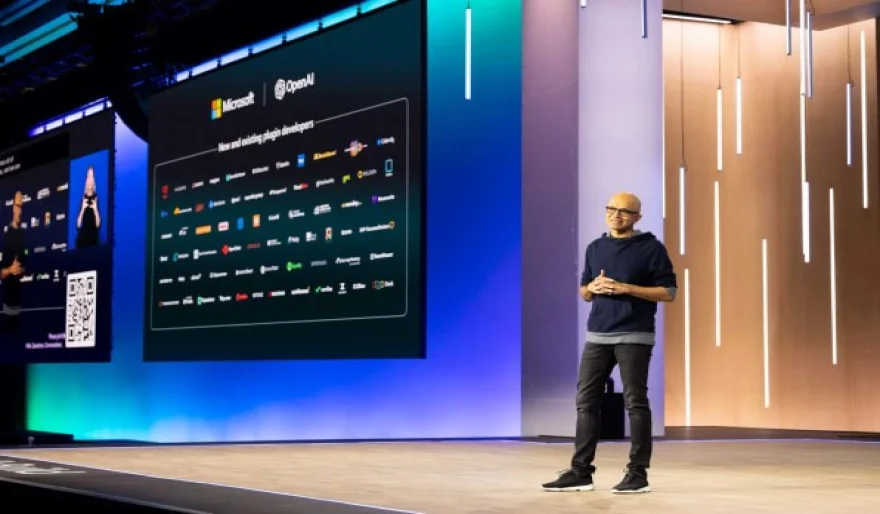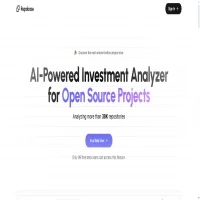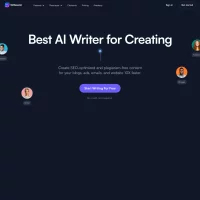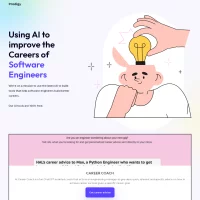Stay Ahead of the Curve
Latest AI news, expert analysis, bold opinions, and key trends — delivered to your inbox.
Microsoft Introduces Phi-3: Affordable and Compact AI Models
7 min read Microsoft's unveiling of Phi-3, a lineup of compact and cost-effective AI models, marks a notable stride in democratizing AI, opening doors to a broader audience for this advanced technology. April 23, 2024 06:35
Microsoft has just unveiled a game-changer in the world of artificial intelligence (AI): Phi-3. This isn't your average AI model – Phi-3 boasts two key features that have the potential to revolutionize the accessibility and affordability of AI for businesses and developers of all sizes:
- Cost-Effective: Traditionally, training and deploying AI models can be a costly endeavor. Phi-3 breaks down this barrier by offering a much more affordable option, making AI development accessible to a wider range of players.
- Lightweight Footprint: Phi-3 models are remarkably compact. This means they require less computing power to run, allowing them to be deployed on devices with lower specifications, expanding the possibilities for integrating AI into various applications.
What Does Phi-3 Do?
Phi-3 isn't a single model; it's a suite of AI models designed for various tasks, including:
- Image Recognition: Imagine being able to easily train AI to recognize objects or scenes in images, even without a massive dataset. Phi-3 can make this a reality.
- Natural Language Processing (NLP): Phi-3 models can be trained to understand and respond to human language, making them suitable for tasks like chatbot development or sentiment analysis.
- Custom Machine Learning Tasks: The beauty of Phi-3 lies in its adaptability. Developers can tailor Phi-3 models for various custom machine learning applications.
Why is Phi-3 a Big Deal?
Here's why Microsoft's introduction of Phi-3 is a significant development in the world of AI:
- Democratizing AI: By making AI models more affordable and accessible, Phi-3 opens doors for smaller businesses, startups, and even individual developers to experiment with and leverage AI in their projects.
- Breaking Down Barriers: The compact size of Phi-3 models means they can be deployed on devices with lower computing power. This opens doors for integrating AI into resource-constrained environments, like edge computing applications.
- Fueling Innovation: By lowering the barrier to entry for AI development, Phi-3 has the potential to accelerate innovation in various fields, from healthcare and finance to manufacturing and beyond.
The Future of AI with Phi-3
The arrival of Phi-3 marks a turning point in AI accessibility. With its affordability and compact design, Phi-3 empowers a broader range of individuals and organizations to tap into the power of AI. Here's what the future might hold:
- A Surge in AI-powered Applications: We can expect to see a surge in innovative applications across various industries as developers leverage Phi-3 to create AI-powered solutions.
- Focus on Efficiency and Optimization: The need for ever-increasing computing power for AI might lessen as Phi-3 models demonstrate the power of efficient and optimized AI architectures.
- A More Inclusive AI Landscape: With Phi-3, the world of AI becomes more inclusive, fostering broader participation and collaboration in developing responsible and impactful AI solutions.
Microsoft's Phi-3 is a significant step towards democratizing AI and making this powerful technology more accessible to all. As Phi-3 finds its way into the hands of developers worldwide, the possibilities for AI innovation are about to explode!
User Comments (0)
Editor's Choice

















 AI Agents
AI Agents